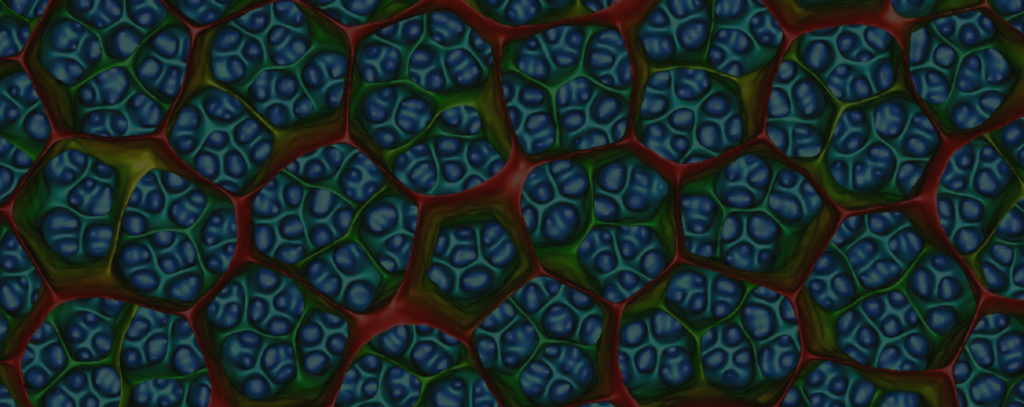McMaster University Unlocks the Mysteries of Fracture
12-node cluster delivers top performance at the right scale.

Fracture analysis has broad applicability in diverse areas, from predicting when and where cracks can develop in bridges and nuclear power plants to improving industrial processes in hydraulic fracturing and glass cutting. For 20 years, Dr. Blaise Bourdin, Professor of Mathematics and Statistics at McMaster University in Hamilton, Ontario and Canada Research Chair, has combined mechanical modeling, mathematical analysis and high-performance computing (HPC) to gain a better understanding of fracture for defect mechanics and design.
The data processing for these precise calculations is both latency and bandwidth sensitive, making interconnect performance a key consideration in the choice of network. Centralized switches in traditional networks artificially inflate costs with fixed port counts and expensive over-provisioning, while limiting cluster design. Breaking this model with the Rockport scale fabric enabled Dr. Bourdin and his team to implement a solution that is cost-effective, legacy-compatible and highly performant at the right scale for a 12-node cluster.
“My biggest concern was performance,” said Dr. Bourdin. “I was willing to take a little bit of a performance hit to increase the overall computational capacity of the cluster, but with Rockport it turned out that it was not the case.”
Read the case study below.

 LinkedIn
LinkedIn  Contact Us
Contact Us  X
X  Share on X
Share on X